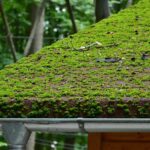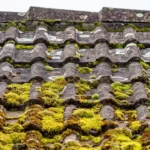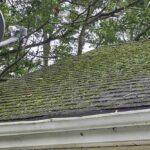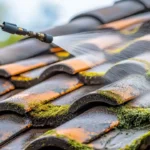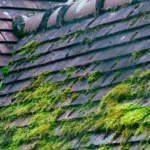For homeowners, maintaining the beauty and safety of their residence is paramount. One often overlooked aspect is the presence of roof moss. While it may seem benign, it can pose potential risks, especially concerning pets safety. Understanding how to handle roof moss can help in creating a safer environment for both your home and your furry friends.
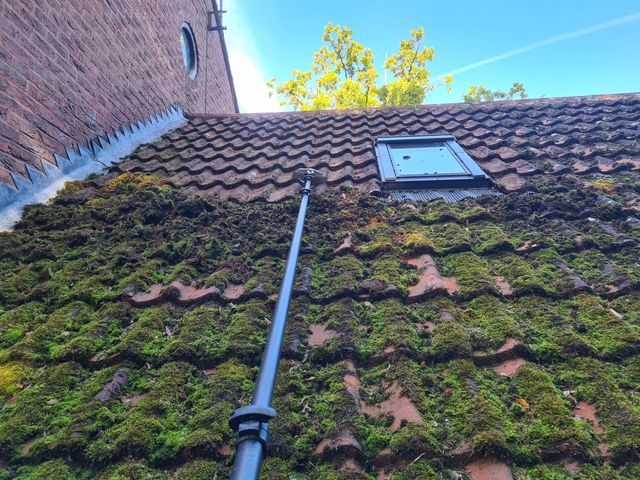
What is Roof Moss?
Roof moss is a type of plant that thrives in moist, shaded environments. It can often be seen on rooftops, especially in areas that do not receive a lot of sunlight. While it might add a quaint, rustic look, it can lead to roof damage over time. The moss retains moisture, which can weaken roofing materials and potentially lead to leaks.
How Does Roof Moss Affect Pets?
Many homeowners are unaware of the potential risks roof moss poses to pets. Pets are naturally curious creatures and might ingest moss out of curiosity. While not all moss is harmful, certain types can cause digestive issues or other health problems in pets.
Health Risks for Pets
If ingested, some types of moss can lead to gastrointestinal upset in pets, including vomiting and diarrhea. Furthermore, if pets frequently ingest moss, it could lead to more severe health issues, necessitating veterinary care.
It’s crucial to ensure that your pets do not have access to areas where moss is prevalent, especially during the removal process, as disturbed moss can release spores that might be harmful if inhaled.
Effective Methods to Remove Roof Moss
There are several methods to effectively deal with roof moss while ensuring pets safety. The key is to choose pet-friendly solutions that do not pose additional risks.
Manual Removal
One of the safest methods to tackle roof moss is through manual removal. This involves using a roof brush to gently scrape off the moss. This method avoids the use of chemicals, making it a pet-friendly option.
Natural Remedies
Consider using a mixture of water and vinegar as a natural moss removal solution. This method is less harmful to pets and can effectively kill moss without the use of harsh chemicals. Always ensure that pets are kept away from areas where this solution is applied until it is completely dry.
Chemical Treatments
While chemical treatments are available, they may not always be safe for pets. If you choose to use chemical treatments, ensure they are specifically labeled as pet-safe and follow all safety instructions. Keeping pets indoors during application and until the chemicals have dried is imperative.
Preventing Roof Moss Growth
Prevention is always better than cure. By taking proactive measures, homeowners can reduce the likelihood of roof moss development, ensuring pets safety.
Regular Maintenance
Regular roof inspections and cleaning can prevent moss from taking hold. Removing debris like leaves and branches can reduce moisture retention, a key factor in moss growth. Learn more about roof maintenance after moss removal.
Improving Sunlight Exposure
Trimming overhanging branches that cast shadows on your roof can increase sunlight exposure. Moss thrives in damp, shaded environments, so increasing sunlight can be an effective deterrent.
Consulting Professionals
When in doubt, consulting roofing professionals can provide tailored solutions. A professional can assess the extent of moss growth and recommend the best course of action, ensuring both your roof and pets remain safe. For more information, visit why moss grows on roofs.
FAQs
Can moss on the roof make pets sick?
Yes, certain types of moss can cause digestive issues in pets if ingested. Always monitor your pets and prevent them from accessing areas with moss.
What is the safest way to remove roof moss?
Manual removal using a roof brush is one of the safest methods. It avoids chemicals and reduces the risk to pets.
How can I prevent roof moss naturally?
Regular roof maintenance and increasing sunlight exposure by trimming overhanging branches can naturally deter moss growth.
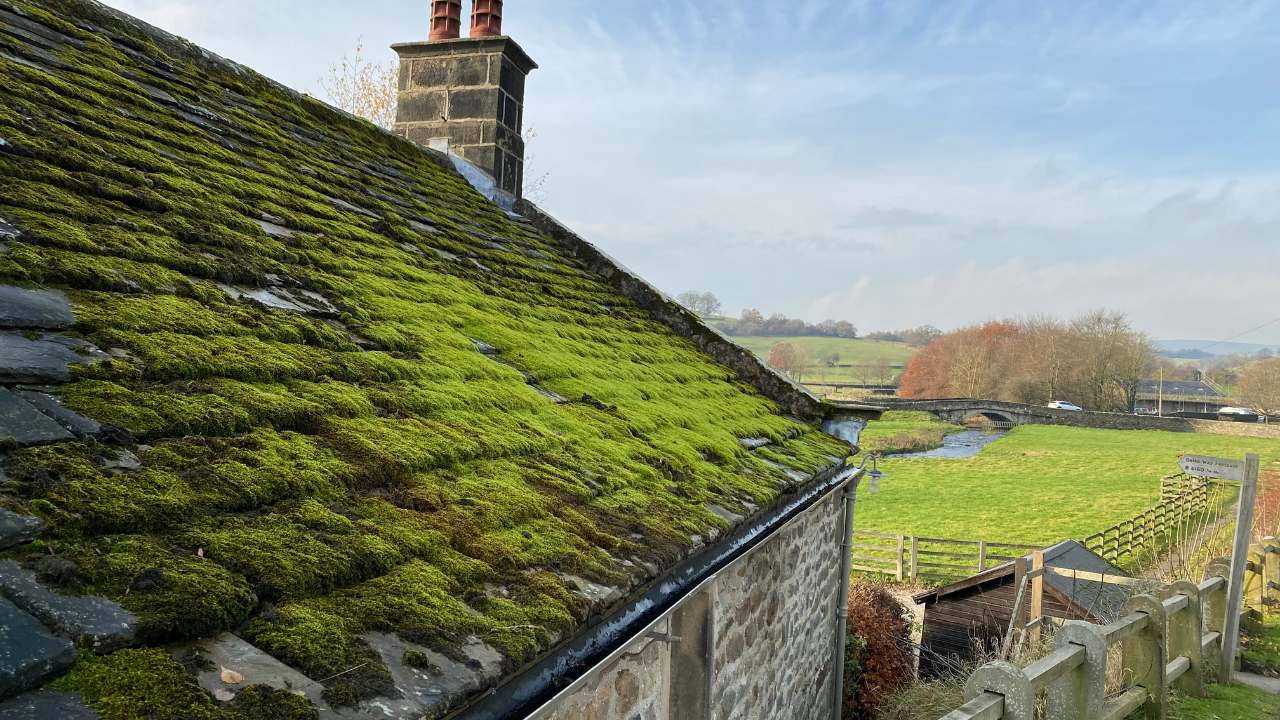
Conclusion
Understanding the relationship between roof moss and pets safety is essential for homeowners. By taking the right precautions and choosing safe removal methods, you can protect your home and ensure a safe environment for your pets. For further insights, explore the impact of roof moss vs algae stains.
This article contains affiliate links. We may earn a commission at no extra cost to you.




